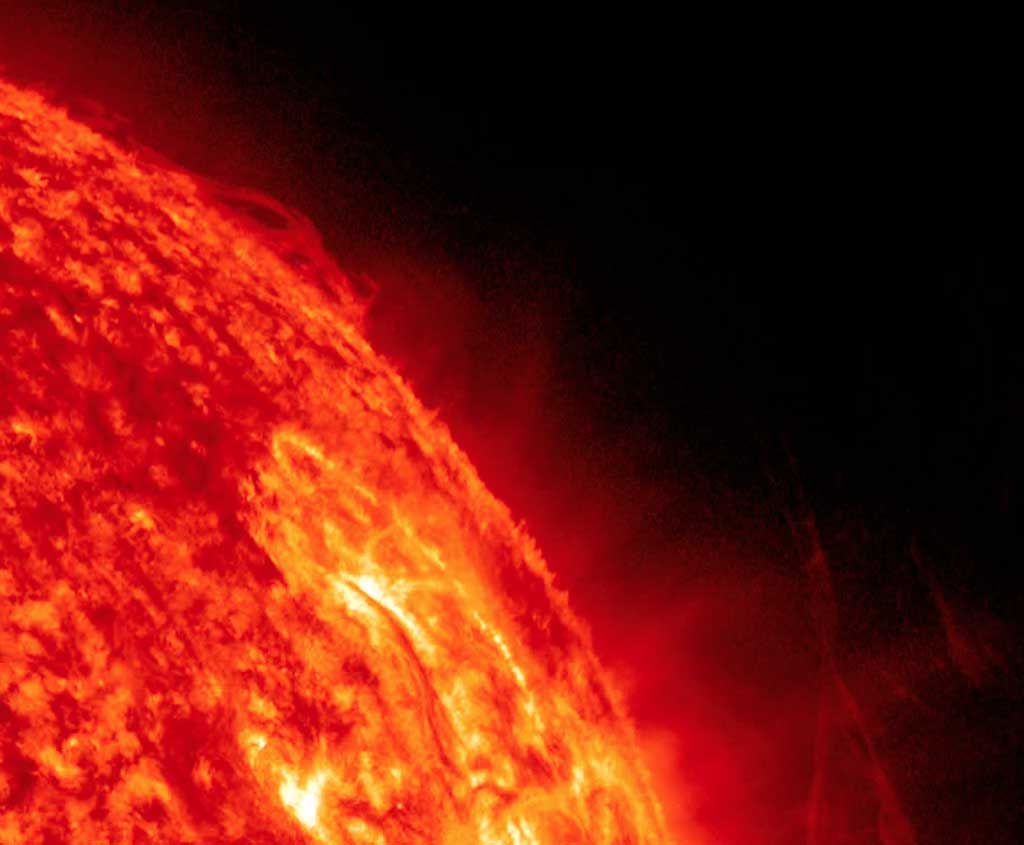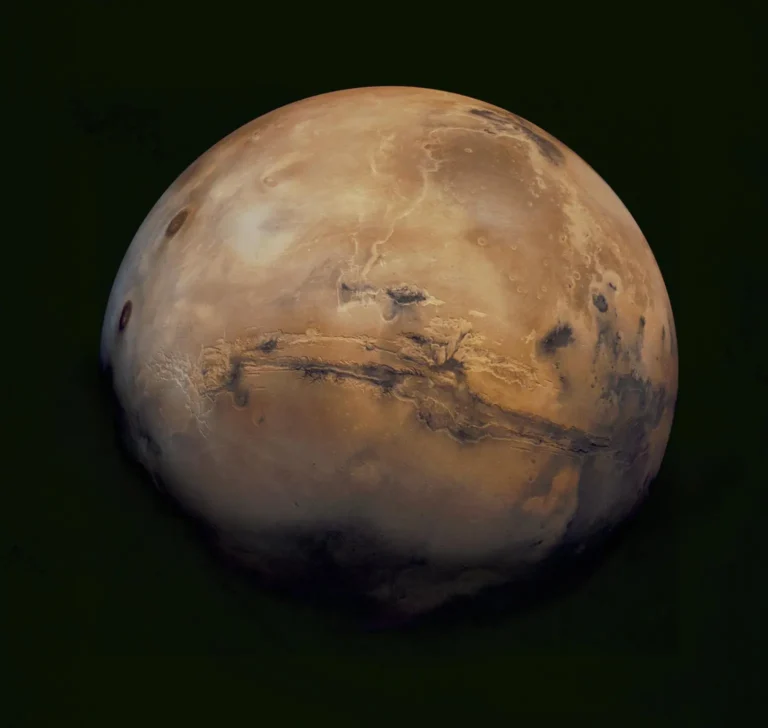Key Takeaways:
Star Sound Waves
Using artificial intelligence (AI) and sound waves, researchers have found a possible means of looking inside stars.
It’s based on the fact that stars aren’t solid objects — far from it, in fact. They’re intense, vibrating balls of plasma held together by their own gravity and with wildly energetic nuclear reactions at their core. Now, researchers say that they’re beginning to find ways to discern the internal state of a star by looking at the vibrations that propagate from its core to the surface.
Ringing Like A Bell
Much like bubbles boil to the surface of a pot of water as it’s heated, sound waves resonate throughout a star, and smaller stars producer a higher pitch than larger stars, just like a smaller bell would produce a higher pitch than a larger bell. They are akin to seismic waves that travel through Earth when earthquakes occur. And by studying a star’s sound waves, researchers can tell how old a star is, how big it is, what it’s made of and more.
“Stellar sound waves are very similar to the symphonies in our concert halls here on Earth,” Radboud University researcher and study co-author Luc Hendriks said in an email. “These sound waves are caused by starquakes. These quakes create sound with specific frequencies, just as flutes or guitars or pianos have specific “tones” and “overtones” (or harmonics). So from the tones, we deduce how big the star is, as the sound probes the size of the “concert hall”. So for us, a star is a gigantic 3D musical instrument, and its sound waves probe the physical conditions in its interior.”
Most recently, researchers have studied stellar sound waves using NASA’s Kepler space telescope and NASA’s Transiting Exoplanet Survey Satellite (TESS). These instruments are able to observe and measure stellar sound waves by studying the brightness of the stars. Stellar vibrations reveal themselves visibly as brightening and dimming, so instruments like Kepler and TESS have been able to observe stellar sound waves by watching the stars twinkle. In its lifetime, Kepler observed the sound waves of tens of thousands of stars and TESS is expected to observe the sound waves of up to one million red giants.
Using sophisticated computer models, Hendriks and Katholieke Universiteit Leuven astronomer Conny Aerts think they’ve found a brand new way to use these vibrations to see what’s going on inside stars.
Stellar AI
Hendriks and Aerts fed simulations of star activity, created using computer models that collect and synthesize information about stars, to an AI network. The network absorbed this information and found relationships between internal variables like stellar mass, age, what elements the stars contain, and the vibration patterns visible on their surfaces.
The AI can then take real-life stellar sound wave data and compare it to the simulations to discern some of the internal characteristics of a star, providing a new tool for researchers studying stars through their sound waves. It is even possible that the AI might be able to analyze raw stellar sound wave data quicker than a human.
But this star-analyzing AI network is still very new, and hard results are still to come. The researchers’ paper on the technology is posted on the arXiv pre-print server, and has been accepted to the technical journal of the Astronomical Society of the Pacific.









